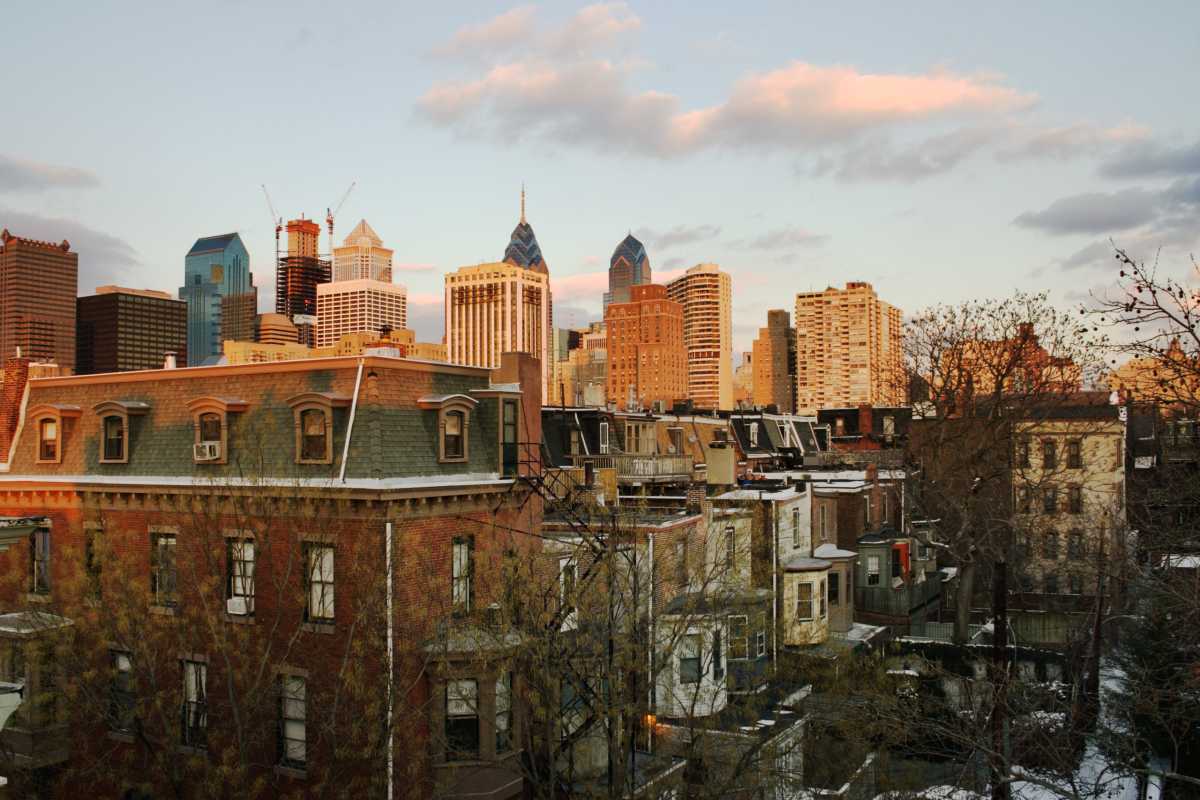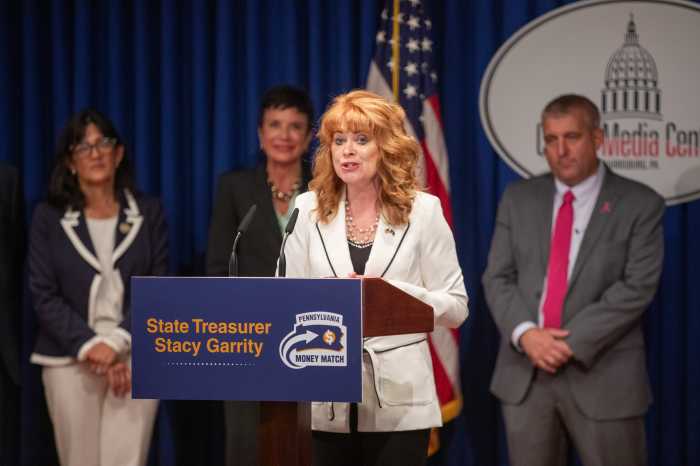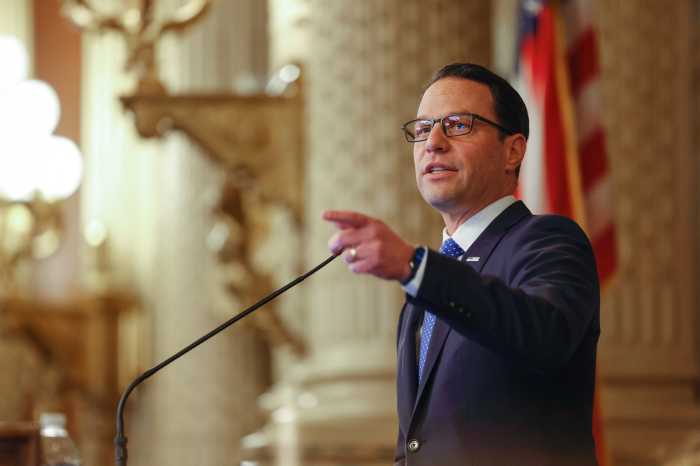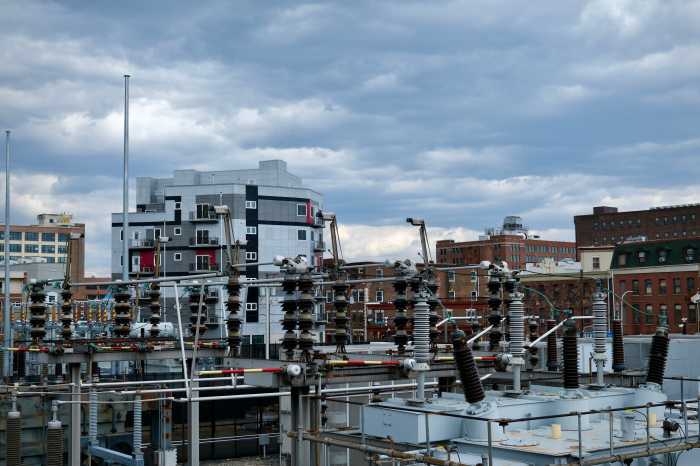By Lucia Mutikani
U.S. home sales fell by the most in a year in February as a perennial shortage of houses and double-digit price growth continued to squeeze first-time buyers out of the market.
With mortgage rates rising above 4% for the first time in nearly three years, sales are likely to slow this year, though that would do little to curb house price inflation. Contracts to buy previously owned houses, a leading indicator of home sales, fell for three straight months through January.
“It will take a sharper drop in sales to bring the market back into balance and allow prices to increase at a more modest pace,” said David Berson, chief economist at Nationwide in Columbus, Ohio.
Existing home sales dropped 7.2% to a seasonally adjusted annual rate of 6.02 million units last month, the largest decrease since February 2021, the National Association of Realtors said on Friday.
Though the decline reversed January’s jump, sales remained above their pre-pandemic level. Economists polled by Reuters had forecast sales would decrease to a rate of 6.10 million units.
Sales fell in all four U.S. regions. Home resales account for the bulk of U.S. home sales. They dropped 2.4% on a year-on-year basis in February.
Mortgage rates surged in February, with the 30-year fixed rate approaching a three-year high, according to data from mortgage finance agency Freddie Mac. It averaged 4.16% in the week ending March 17, breaking above 4.0% for the first time since May 2019.
Still low by historical standards, mortgage rates are set to increase further after the Federal Reserve on Wednesday raised its policy interest rate by 25 basis points, the first hike in more than three years, and laid out an aggressive plan to push borrowing costs to restrictive levels by 2023.
“Home buyers have likely missed their opportunity to lock in ultra-low mortgage rates,” said Mark Vitner, a senior economist at Wells Fargo in Charlotte, North Carolina.
But Vitner also noted that the 30-year conventional mortgage has been higher than its current level for more than 90% of the time over the past 30 years, which he said was “an important reminder that home sales should remain fairly strong even if mortgage rates rise a bit further.”
A separate report from the Conference Board on Friday showed a gauge of future U.S. economic activity rebounded in February, suggesting the expansion would persist despite tighter monetary policy and uncertainty caused by Russia’s invasion of Ukraine.
Stocks on Wall Street were higher. The dollar rose against a basket of currencies. U.S. Treasury yields were largely lower.
Higher mortgage rates and rising homes prices amid a prolonged housing shortage will reduce affordability, especially for first-time buyers. The median existing house price increased 15% from a year earlier to $357,300 in February. House prices have increased on a year-on-year basis for a record 120 straight months.
According to a recent report commissioned by Wilmington-based WSFS Bank, 60% of prospective buyers say rising home values are presenting an obstacle, and about 42% report high costs are preventing them from buying a house altogether.
Nearly 70% of the Pennsylvania renters polled for the report said higher prices are making it difficult for them to afford their current living arrangement.
WSFS solicited responses from 1,530 people between the ages of 25 and 65 in the Philadelphia area and an additional 1,500 people nationally in early-to-mid February.
WSFS Mortgage President Jeff Ruben said renting costs are rising faster than home values, forcing many tenants to consider buying their first home in a hot real estate market. Demand for housing seems to be outpacing supply, which has been hindered by the pandemic, he added.
“The home building and multifamily construction really took a pause,” Ruben said. “New stock was not coming online as quickly as it should have or could have.”
Bank of America Securities expects strong house price growth will continue this year and into 2023 because of tight supply.
Sales remained concentrated in the upper-price end of the market. Sales in the much sought after $100,000-$250,000 price range plunged 26.1% from a year ago.
According to the NAR, the typical monthly mortgage payment has surged 28% from a year ago, a huge burden for first-time buyers, who accounted for only 29% of sales last month. Economists and realtors say a 40% share of first-time buyers is needed for a robust housing market.
“Home prices inflating with higher interest rates together is a toxic brew that forces us to downgrade our forecast for housing sales later this year,” said Christopher Rupkey, chief economist at FWDBONDS in New York. “More bad news is coming your way if you are actively trying to buy a new home.”
There were 870,000 previously owned homes on the market in February, down 15.5% from a year ago. Supply is likely to remain tight as builders struggle with shortages and high prices for key materials like lumber, which is used for framing.
Data from the Commerce Department on Thursday showed the backlog of homes yet to be build reached a fresh record high in February. A National Association of Home Builders survey this week showed homebuilder confidence dropped to a six-month low in March due to supply constraints and inflation.
At February’s sales pace, it would take 1.7 months to exhaust the current inventory, down from 2.0 months a year ago. A six-to-seven-month supply is viewed as a healthy balance between supply and demand.
All-cash sales accounted for 25% of transactions last month, up from 22% a year ago. Individual investors or second-home buyers made up 19% of sales last month, up from 17% in February 2021. With supply tight, houses typically stayed on the market for 18 days last month, down from 20 days in February 2021.
Eighty-four percent of homes sold in February were on the market for less than a month.
Reuters
Metro staff contributed to this report.






























